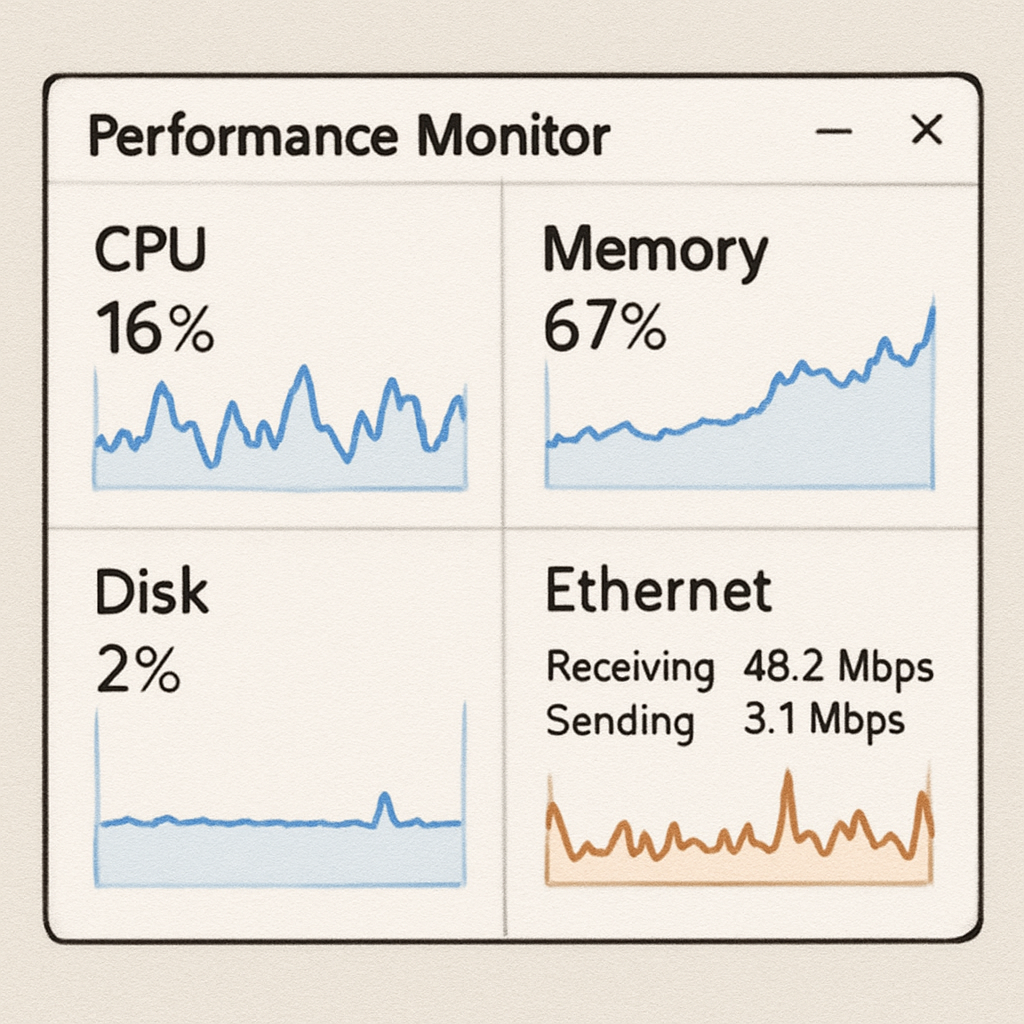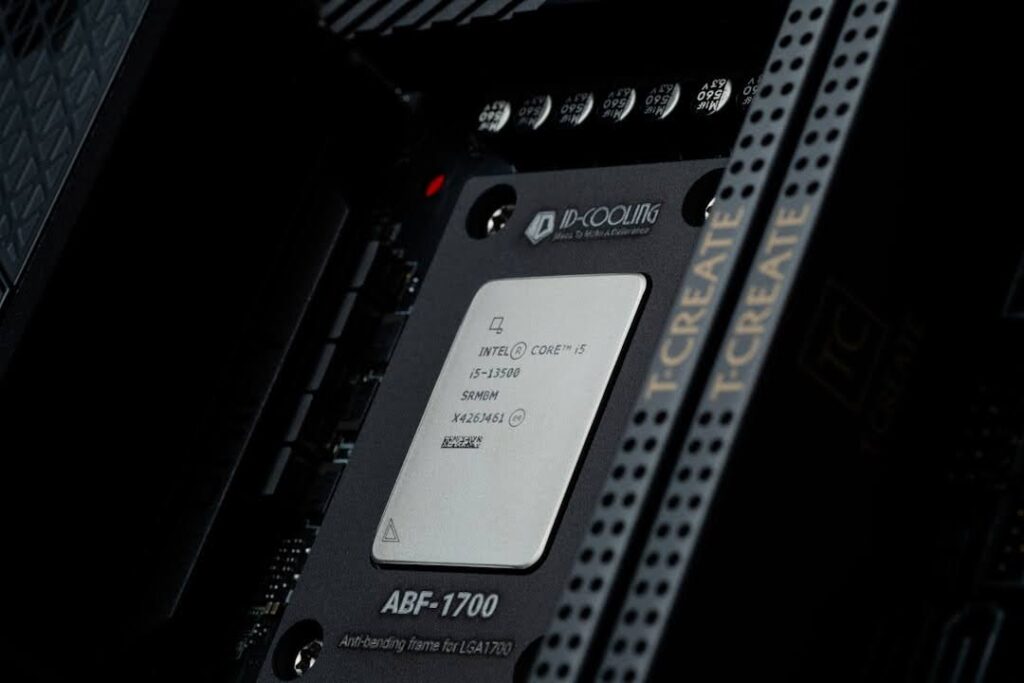Does 100 CPU Usage Mean Bottleneck? In the world of computers and gaming, there’s a lot of talk about CPU usage and bottlenecking. Understanding these concepts is crucial for optimizing performance, especially if you’re a gamer or someone who relies on high-performance computing. But what does it really mean when your CPU is running at 100%? Is it something to worry about? Let’s dive into the concept of CPU bottlenecking, how it affects your system, and what you can do about it. By the end of this article, you’ll have a clearer understanding of what actions to take to ensure your computer runs efficiently.
What Is a CPU Bottleneck?
A CPU bottleneck occurs when the central processing unit (CPU) of your computer is limiting the performance of other components, such as the graphics processing unit (GPU). This happens when the CPU cannot process instructions as fast as the GPU or other components, causing a slowdown in overall performance. The CPU becomes a bottleneck because it is unable to keep up with the demands placed on it, which in turn restricts the capabilities of other hardware. This situation is akin to a traffic jam, where a single lane of slow-moving cars holds up the entire flow of traffic.
Understanding CPU and GPU Roles
To better understand bottlenecking, it’s important to know the roles of the CPU and GPU. The CPU is the “brain” of your computer, handling general tasks and calculations. It manages the operating system, runs applications, and performs background tasks, making it indispensable for overall system functionality. Meanwhile, the GPU is specialized for graphics-related tasks, such as rendering images and videos, and is crucial for smooth visual experiences, especially in gaming and graphic design. When these two components are not in sync, it can lead to a bottleneck. The GPU might be ready to display images at a rapid pace, but if the CPU can’t feed it data fast enough, the visual output suffers.

Does 100% CPU Usage Indicate a Bottleneck?
When you see your CPU usage at 100%, it doesn’t automatically mean there’s a bottleneck. High CPU usage can be normal in certain situations, like running demanding applications or games. For instance, during intensive gaming sessions or video rendering, it’s common for the CPU to be fully utilized. However, consistently high usage might suggest that your CPU is struggling to keep up, potentially indicating a bottleneck. It’s crucial to distinguish between normal high usage during specific tasks and a persistent bottleneck that affects overall system performance.
Signs of a CPU Bottleneck
Here are some common signs that your CPU might be bottlenecking your system:
- Stuttering or Lag: During gaming or heavy multitasking, you may notice stuttering or lag, indicating that the CPU cannot handle the load efficiently. This can disrupt your experience and make applications feel sluggish.
- Low GPU Usage: If your GPU usage is significantly lower than expected, it could mean the CPU is holding it back. A powerful GPU paired with a weak CPU can lead to underutilization of the GPU’s capabilities.
- Slow Performance: Overall slow system performance, especially during tasks that should be smooth, might indicate a bottleneck. This can manifest as delayed responses, slow file transfers, or long load times in applications.
How Much CPU Bottleneck Is Bad?
The severity of a bottleneck depends on how much it impacts your system’s performance. Minor bottlenecks might not be noticeable in everyday use, while major bottlenecks can significantly affect performance, especially in gaming or graphics-intensive applications. A slight bottleneck might only result in minor inconveniences, such as occasional slowdowns, but severe bottlenecks can make a system feel unresponsive and frustrating to use.
Evaluating the Impact
To determine the impact of a bottleneck, consider these factors:
- System Usage: Are you noticing performance issues during specific tasks, or is it a constant problem? Occasional high CPU usage might not be a concern if it only occurs during demanding tasks.
- Component Balance: Compare your CPU and GPU specifications. An imbalance in capabilities could lead to bottlenecking. For example, pairing a high-end GPU with an entry-level CPU could result in suboptimal performance.
- User Experience: Does the bottleneck affect your experience significantly? If it’s causing frustration or limiting your activities, it might be time to address it. User satisfaction is a key indicator of whether a bottleneck is worth fixing.
How to Check for CPU Bottleneck
To assess if your CPU is bottlenecking your system, you can use several tools and methods. Identifying a bottleneck is the first step in resolving it, allowing you to take informed actions to improve performance.
Monitoring Tools
Use monitoring tools like Task Manager on Windows or Activity Monitor on Mac to observe CPU and GPU usage. These tools provide real-time insights into how your hardware is being utilized. Look for:
- CPU Usage: If CPU usage is consistently at or near 100% during demanding tasks, it might be a bottleneck. Regularly monitoring this can help you identify patterns and pinpoint issues.
- GPU Usage: Low GPU usage during gaming or graphic tasks could indicate a CPU bottleneck. A well-balanced system should show both CPU and GPU working in harmony during intensive tasks.
CPU Bottleneck Calculator
A CPU bottleneck calculator can help estimate the potential bottleneck in your system. These calculators use your CPU and GPU specifications to determine if there’s a mismatch in performance capabilities. By inputting your hardware details, you can get a clearer picture of whether your CPU is likely to be a limiting factor and plan upgrades or adjustments accordingly.
How to Reduce CPU Bottleneck
If you suspect a CPU bottleneck, there are several steps you can take to mitigate the issue. Addressing a bottleneck can lead to noticeable improvements in system performance and user experience.
Upgrade Your CPU
One of the most effective ways to address a CPU bottleneck is to upgrade to a more powerful processor. Ensure the new CPU is compatible with your motherboard and other components. An upgraded CPU can handle more tasks simultaneously, improving overall system responsiveness. However, this can be a costly solution, so weigh the benefits against your budget and needs.
Optimize System Performance
- Close Unnecessary Applications: Free up CPU resources by closing apps and background processes not in use. This can have an immediate impact on performance, especially if many programs are running simultaneously.
- Overclocking: If you’re comfortable with it, overclocking your CPU can boost performance, though it comes with risks. Ensure adequate cooling and stability testing to prevent damage.
- Adjust Game Settings: Lowering settings like resolution or graphics quality can reduce CPU load in gaming. This is a quick way to improve performance without additional costs, though it may affect visual quality.
Balance Your Components
When building or upgrading a PC, ensure a balanced configuration. Pair a powerful GPU with a CPU that can handle its output to avoid potential bottlenecks. This balance ensures that both components can operate at their full potential, leading to a smoother and more efficient computing experience. Research and planning are key to achieving an optimal hardware setup.
Read more:can a motherboard bottleneck a cpu
Conclusion
Does 100 CPU Usage Mean Bottleneck?doesn’t always mean a bottleneck, it’s essential to understand the balance between your CPU and GPU. By monitoring your system’s performance and taking necessary actions, you can ensure smooth operation and an enjoyable computing experience. Regularly evaluating your system’s performance can help you catch potential issues early and address them before they become major problems. Remember, addressing bottlenecks can lead to improved performance, especially in resource-intensive applications.

Understanding CPU bottlenecking empowers you to make informed decisions about your computer’s performance, ensuring that you get the most out of your hardware. Keep an eye on your system’s performance, and don’t hesitate to make adjustments when needed. Whether you’re a gamer, content creator, or casual user, maintaining a well-balanced system can enhance your overall experience and extend the lifespan of your components.
